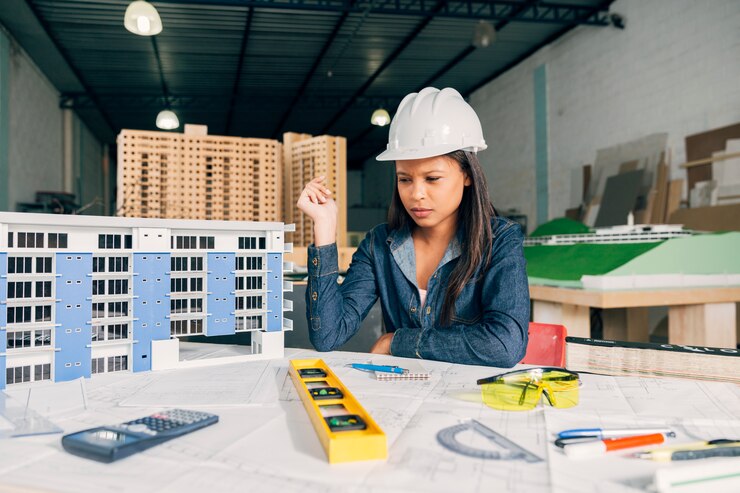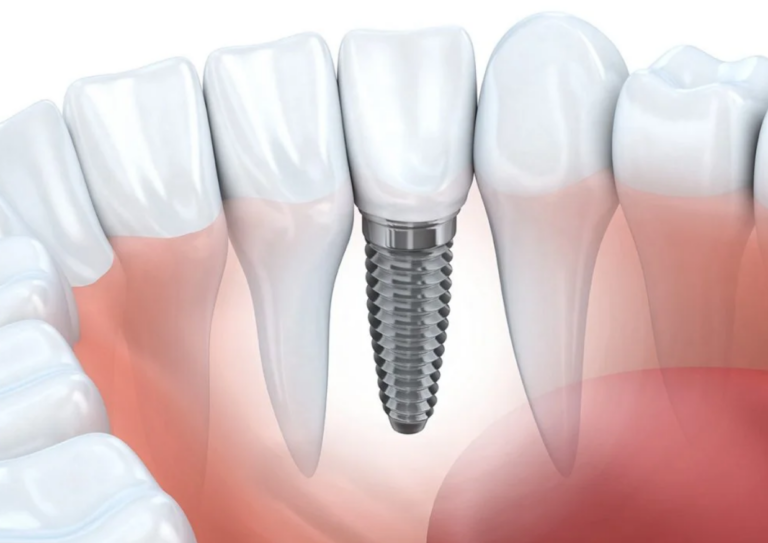The adoption of 3D modeling technology has ushered in a new revolution in the building industry. This article will discuss some features of 3D modeling in building, highlighting benefits, methods of application, and ideal decisions.
1. Understanding 3D Modeling in Construction:
Definition: A three-dimensional model is an approach employed in virtual replications of a physical object/room. This refers to particular elements of a building, such as single items or even complete constructions.
Key Components: Review basic concepts of 3D modeling like geometry, textures, lightning, etc, and acquire appropriate skills for their application.
2. Benefits of 3D Modeling in Construction:
Visualization: Make a clear picture of the final structure to stakeholder, improving their understanding of the project.
Improved Collaboration: Effective planning for sharing 3D models among project teams, architects, engineers, and a client.
3. Applications of 3D Modeling in Construction:
Architectural Design: Detailed architectural design using 3D modeling that leads to a more exact representation of the last construction.
Clash Detection: Use clash detection tools that identify and rectify possible conflicts among various building components, like electrical or plumbing fixtures.
Construction Planning: Generating a 3D model that acts as the primary reference point in project planning among all stakeholders.
4. Types of 3D Modeling Software:
BIM (Building Information Modeling): BIM enables managers not only to model but also to consider data for full-scale control over projects.
CAD (Computer-Aided Design): Know the importance of CAD software in developing accurate and intricate 3D designs for building works.
5. Best Practices in 3D Modeling for Construction:
Collaboration: Implement cloud-based systems for real-time sharing of a common 3D model among teams.
Data Management: Effective data management strategies to be applied on large information volumes related to 3D models.
Regular Updates: The 3D model should always be up-to-date with design revisions or general project developments, in order to guarantee that it is accurate for the construction process.
6. Challenges and Solutions:
Learning Curve: Provide training programs and consistent support to address the learning curve of adopting 3D modeling.
Integration with Existing Systems: Cultivate an environment where change is embraced so as to overturn hurdles in integrating 3D modeling into current construction workflows.
7. Future Trends in 3D Modeling for Construction:
Virtual Reality (VR) Integration: Investigate the possibilities of using VR for more realistic 3D modeling by users as well as customers.
AI and Automation: Artificial Intelligence and its impact on automation of parts of 3D production and how it makes production faster and efficient with a higher degree of precision.
Working with an experienced CAD drafting services provider is very important in 3d modeling for construction. These companies are experts at providing high-quality modeling for 3D construction and offer a wide range of CAD drawing services.
They also have the capacity to create complex architectural drawings, and highly defined frameworks, and effortlessly intermix three-dimensional components. Thus, through the utilization of the expertise provided by the CAD drafting services firm, construction project flows smoothly, has high precision, and can successfully tackle complicated architectural issues.
Such collaboration guarantees an optimal 3D modeling process resulting in successful project development into new complex structures.
Conclusion
Therefore, in order to meet the current market’s demands and deliver quality projects in the revolutionized construction industry, 3D model technology adoption cannot be ignored.
The aim is to give a basis of comprehending, practicing, and utilizing the advantages which are linked with 3D modeling on construction. Adhering to good practices and observing the latest developments will assist constructors in navigating the changing environment of three-dimensional modeling with ease.














